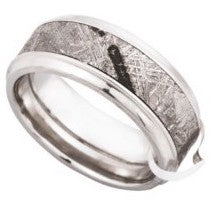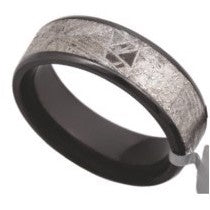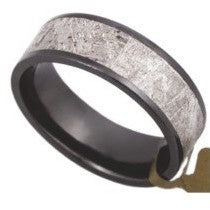Get 25% Off All Rings During Our Valentine's Sale!

Get 25% Off All Rings During Our Valentine's Sale!
× - 

We're eager to get your ring started, so we're offering
$25 USD off your order
if you complete purchasing your ring within the next:
$25 USD Off* expires in:
Minutes
:
Seconds











